10 TIPS FOR CHOOSING THE RIGHT FINISHES IN YOUR HOME
- Viktoria Gilanyi

- Oct 1
- 3 min read

Selecting finishes for your home - whether it’s tile, flooring, paint, fixtures or hardware - can feel overwhelming. There are endless options, and every choice impacts the overall look and feel of your space. The truth is: finishes don’t exist in isolation. Each selection has a ripple effect, influencing how cohesive and comfortable your home feels.
Here are some key strategies to make thoughtful, stress-free decisions:
1. Always Bring Samples Home
A finish that looks perfect under showroom lighting can appear completely different in your own home. Natural light, artificial light, and even the time of day can shift how colours and textures read. Always bring samples home and live with them for a few days - observe them in the morning, afternoon, and evening. This simple step can save you from costly mistakes.
2. Consider Grout Colour as Part of the Design
Tile selection is only half the story. Grout colour can dramatically change the final look. A contrasting grout highlights the tile pattern and creates a bold, graphic effect. A tone-on-tone grout blends more seamlessly, letting the material itself shine. Don’t overlook this detail - grout is not just functional, it’s a design choice.
3. Review Tile Layout Drawings Before Installation
Professional tile layout drawings help ensure that grout lines align neatly with architectural features like corners, windows, and cabinetry. Without a plan, you might end up with awkward slivers of tile or misaligned joints that distract from the overall beauty of the space. A clear drawing avoids surprises and makes the finished room feel intentional and balanced.
4. Look at the Home as a Whole
It’s tempting to make finish decisions one room at a time, but cohesion across your entire home matters. Flooring transitions, consistent undertones in wood and paint, and complementary metal finishes tie everything together. This doesn’t mean every space has to match - it means each finish should feel like part of the same family.
5. Pay Attention to Undertones
A “neutral” beige tile may have pink, yellow, or gray undertones. The same goes for whites, which can lean warm or cool. If the undertones clash with your wall colour, countertop, or cabinetry, the room can feel “off” without you knowing why. Compare samples side by side to see how undertones play together.
6. Test Paint in Large Swatches
Don’t rely on a tiny paint chip. Paint colours shift dramatically depending on lighting and surrounding materials. Paint a large sample on the wall (or use oversized peel-and-stick swatches) to test in your actual space before committing.
7. Think About Sheen and Texture
Finishes aren’t just about colour - they’re also about how surfaces interact with light and touch. Matte, satin, and glossy sheens each reflect light differently, creating distinct moods from soft and understated to sleek and dramatic. Beyond sheen, texture plays a powerful role. Materials like honed stone, matte tile, or brushed metals not only add richness and depth to a space but also help disguise everyday wear and fingerprints. Choosing the right combination of sheen and texture ensures your finishes feel both visually interesting and practical for daily living.
8. Don’t Forget the Transitions
Small details like baseboards, stair nosings, thresholds, and countertop edges may seem minor, but they play a huge role in how polished your home feels. These transition pieces create the visual link between one finish and the next, ensuring the design flows smoothly from room to room. When chosen thoughtfully, they elevate the entire space, making your finishes look intentional, complete, and professionally designed.
9. Balance Durability with Aesthetics
When choosing finishes, think beyond looks - consider how materials will perform over time and their impact on the planet. Kitchens and bathrooms benefit from surfaces that resist moisture and frequent cleaning, while entryways need flooring tough enough for heavy traffic. Opting for durable, eco-friendly materials not only supports a healthier home but also reduces the need for frequent replacements, saving resources and waste. A finish is truly successful when it’s both beautiful and built to last.
10. Work With a Cohesive Palette
Create a small library of all your chosen finishes - flooring, cabinetry, paint, tile, hardware, fabrics - and look at them together. This “materials board” helps you visualize the bigger picture and confirm everything feels harmonious before you place a single order.

Final Thoughts
Selecting finishes is about more than aesthetics—it’s about creating a home that feels intentional, balanced, and timeless. By paying attention to details like grout colour, undertones, sheen, and transitions, you’ll end up with a space where every element works together seamlessly.
Planning a home refresh in Toronto? Get in touch to start your design journey.








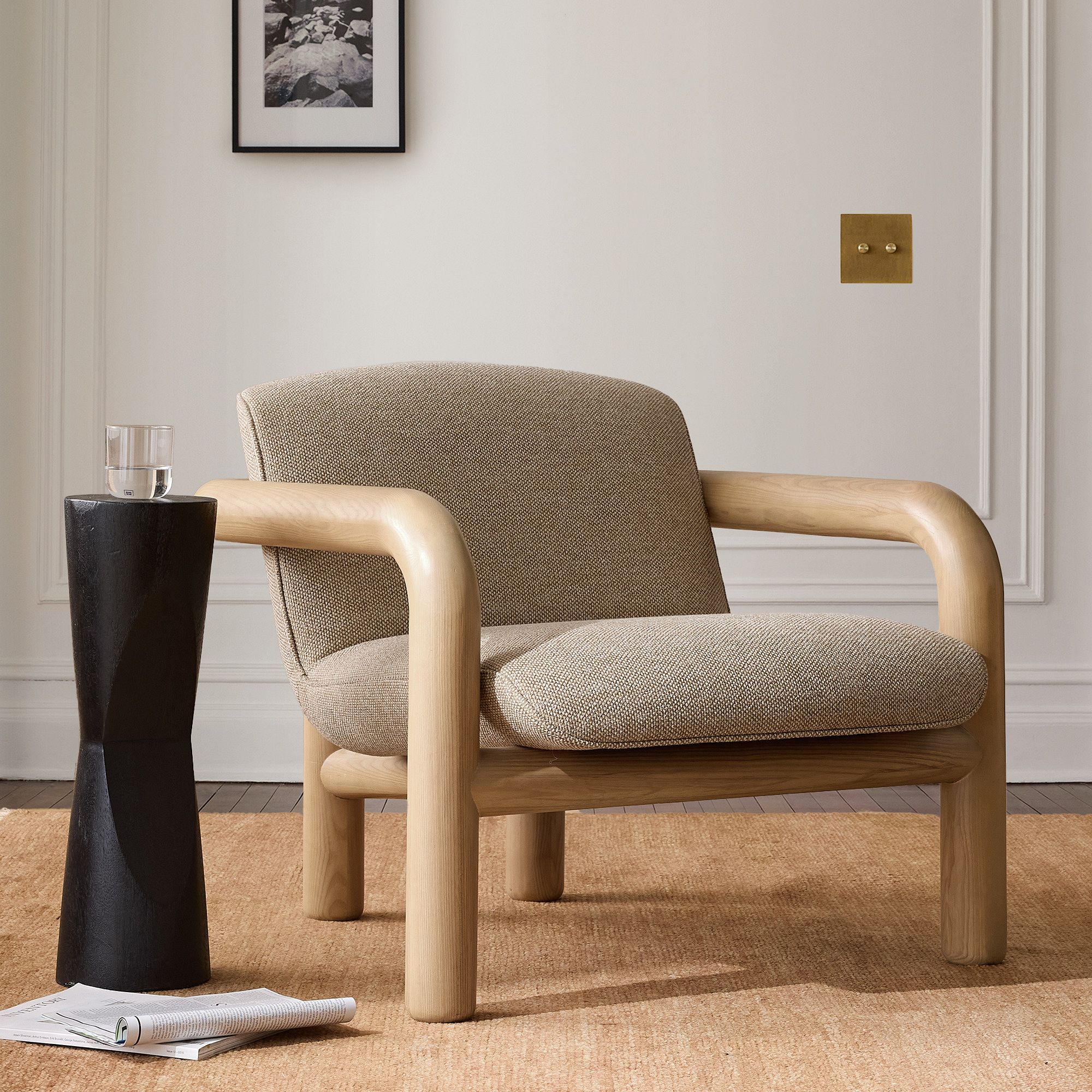
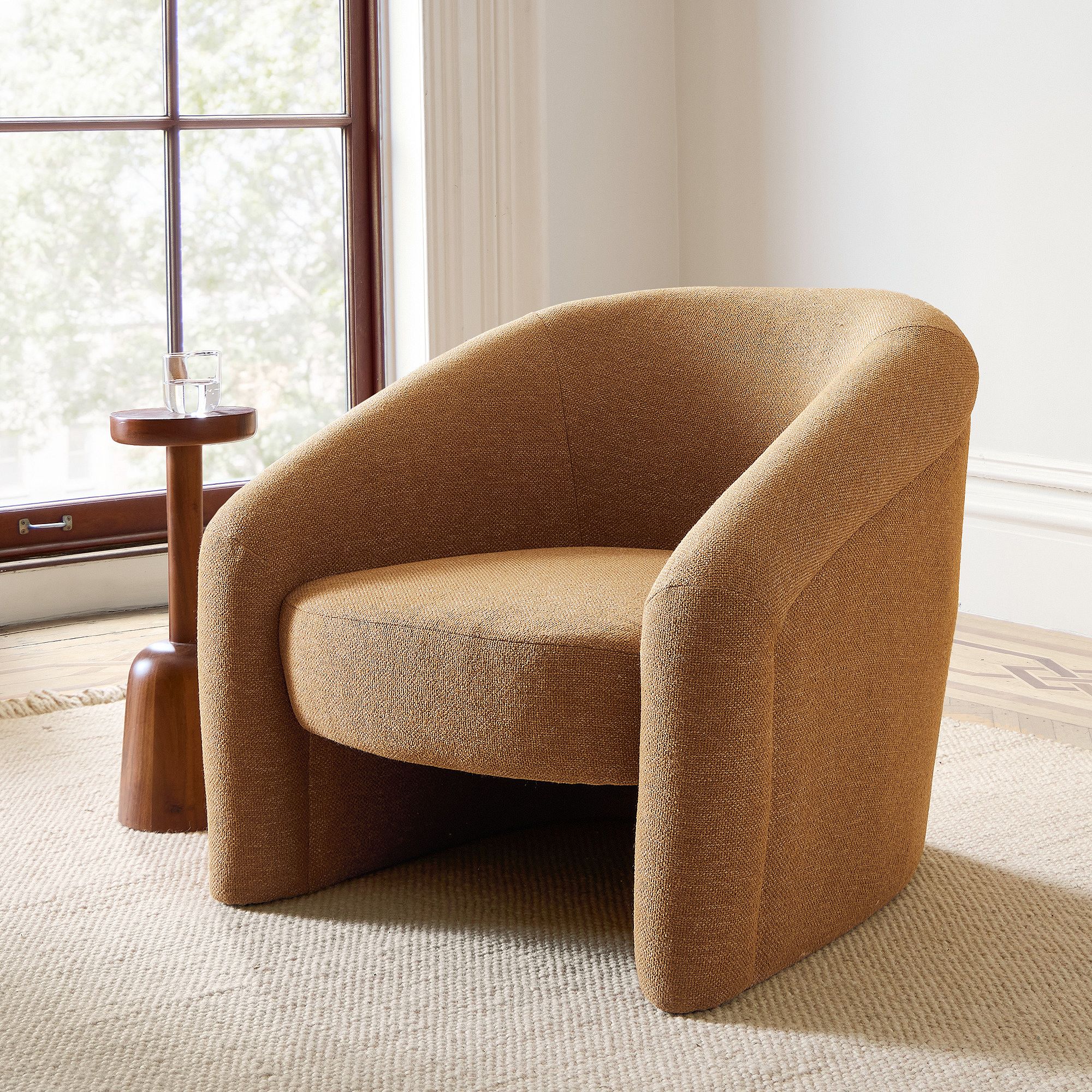
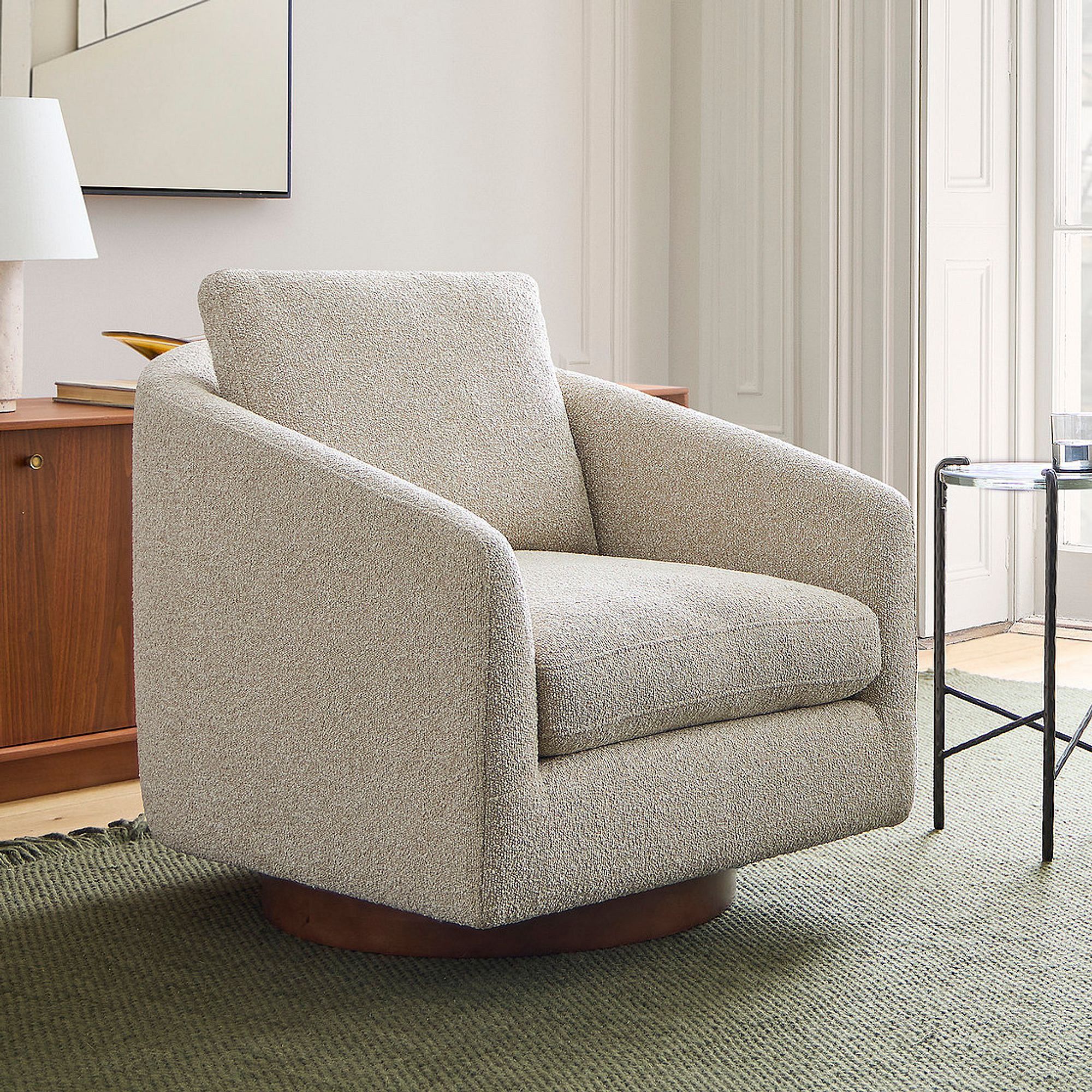
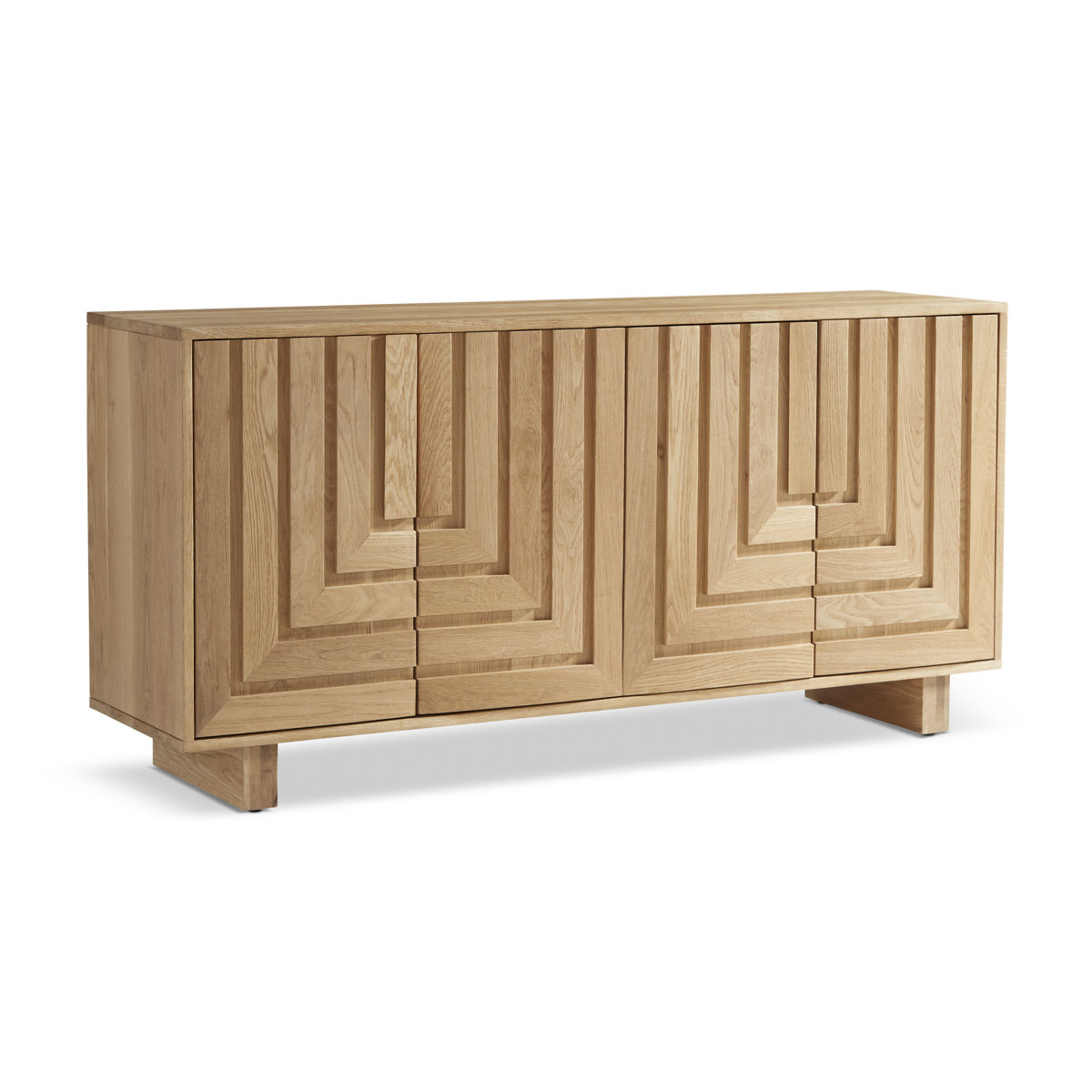
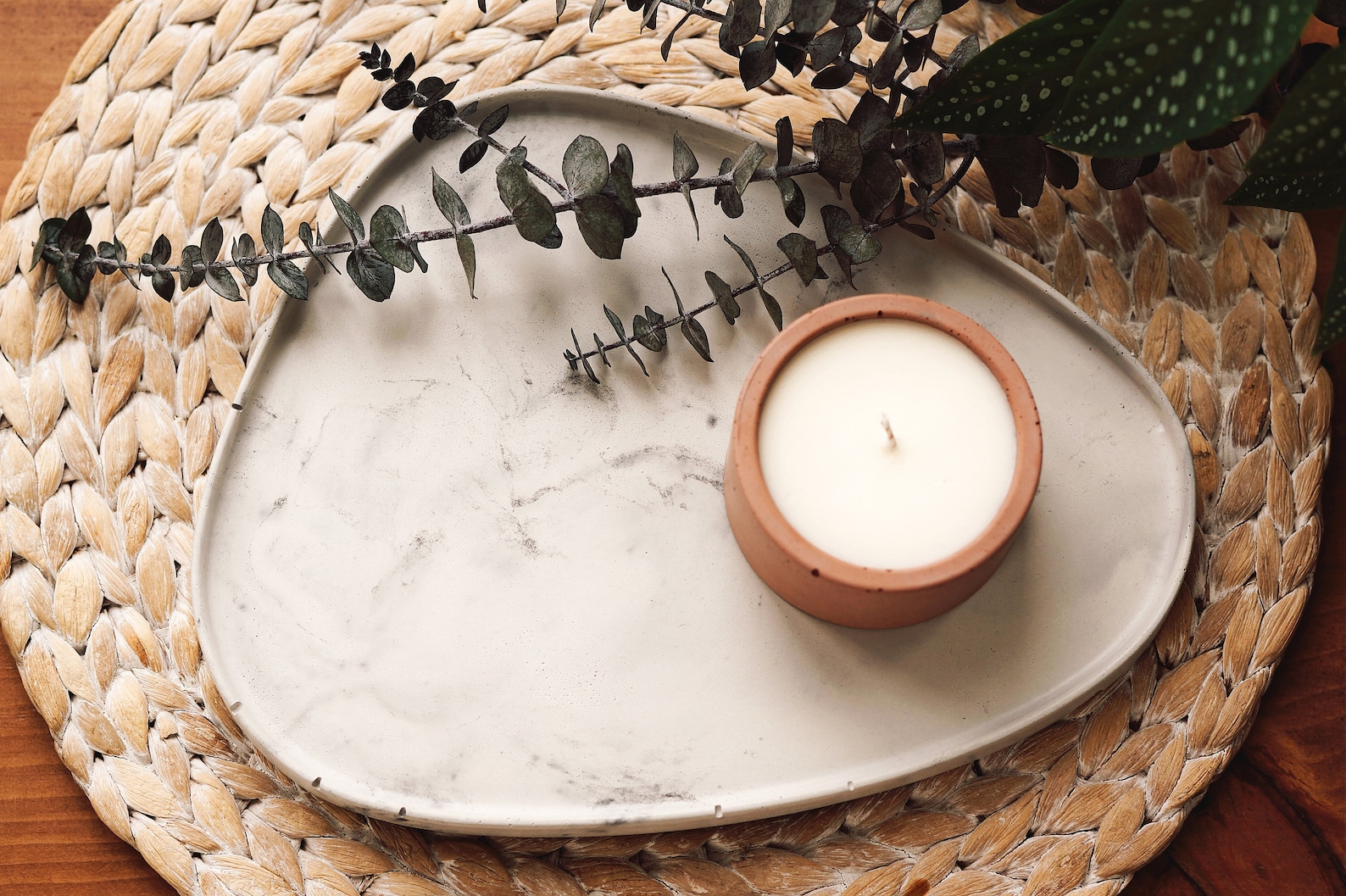
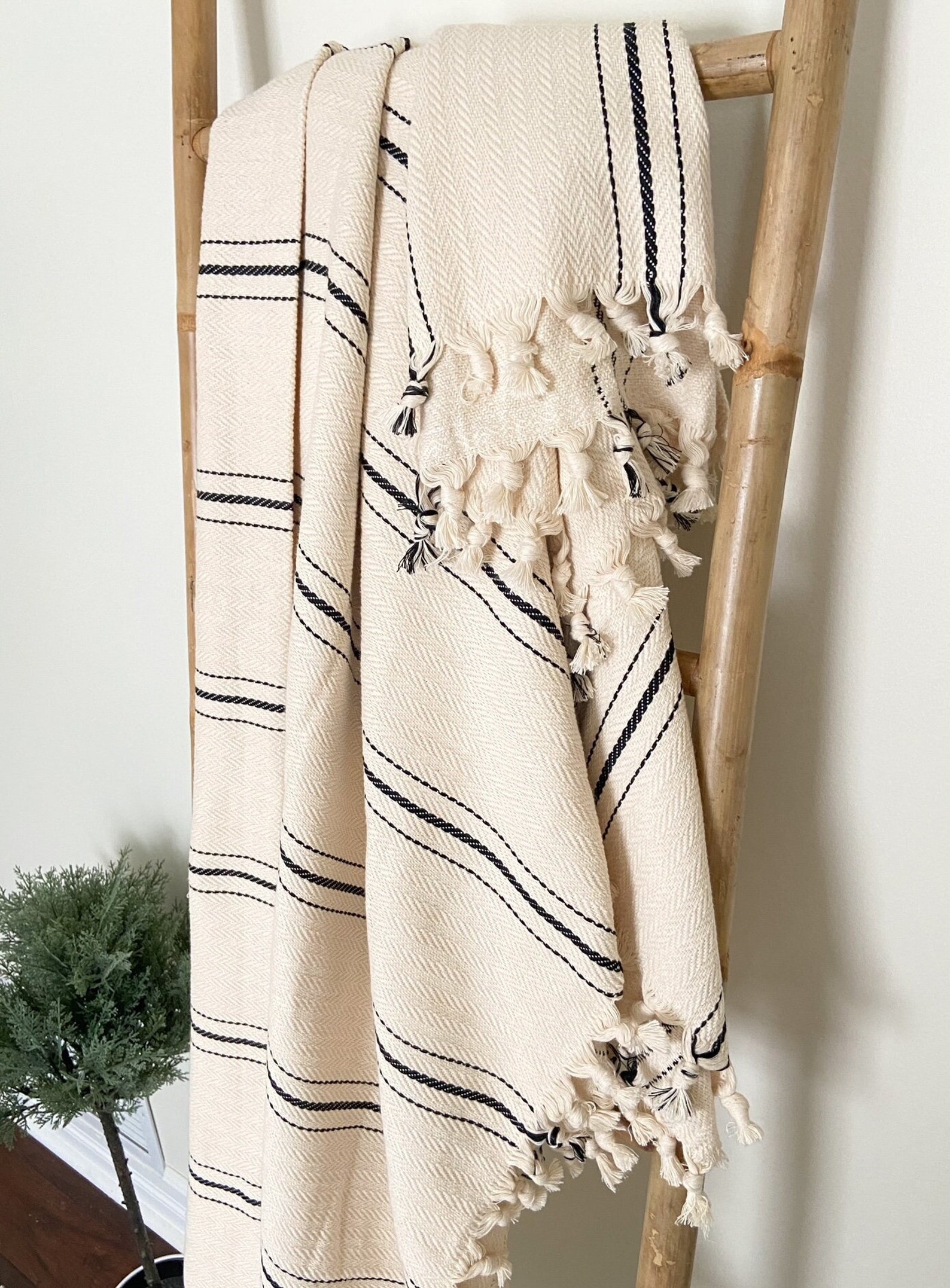
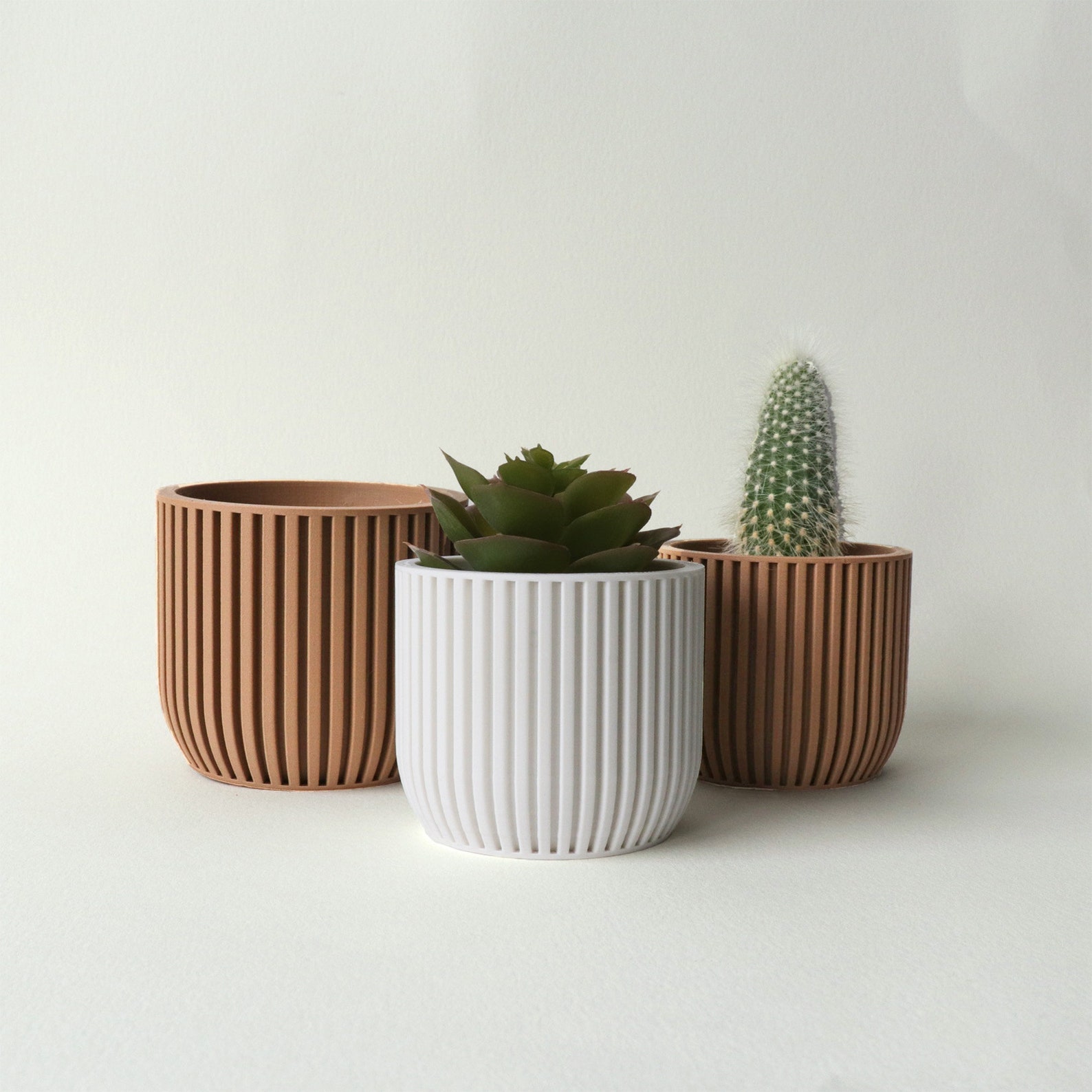
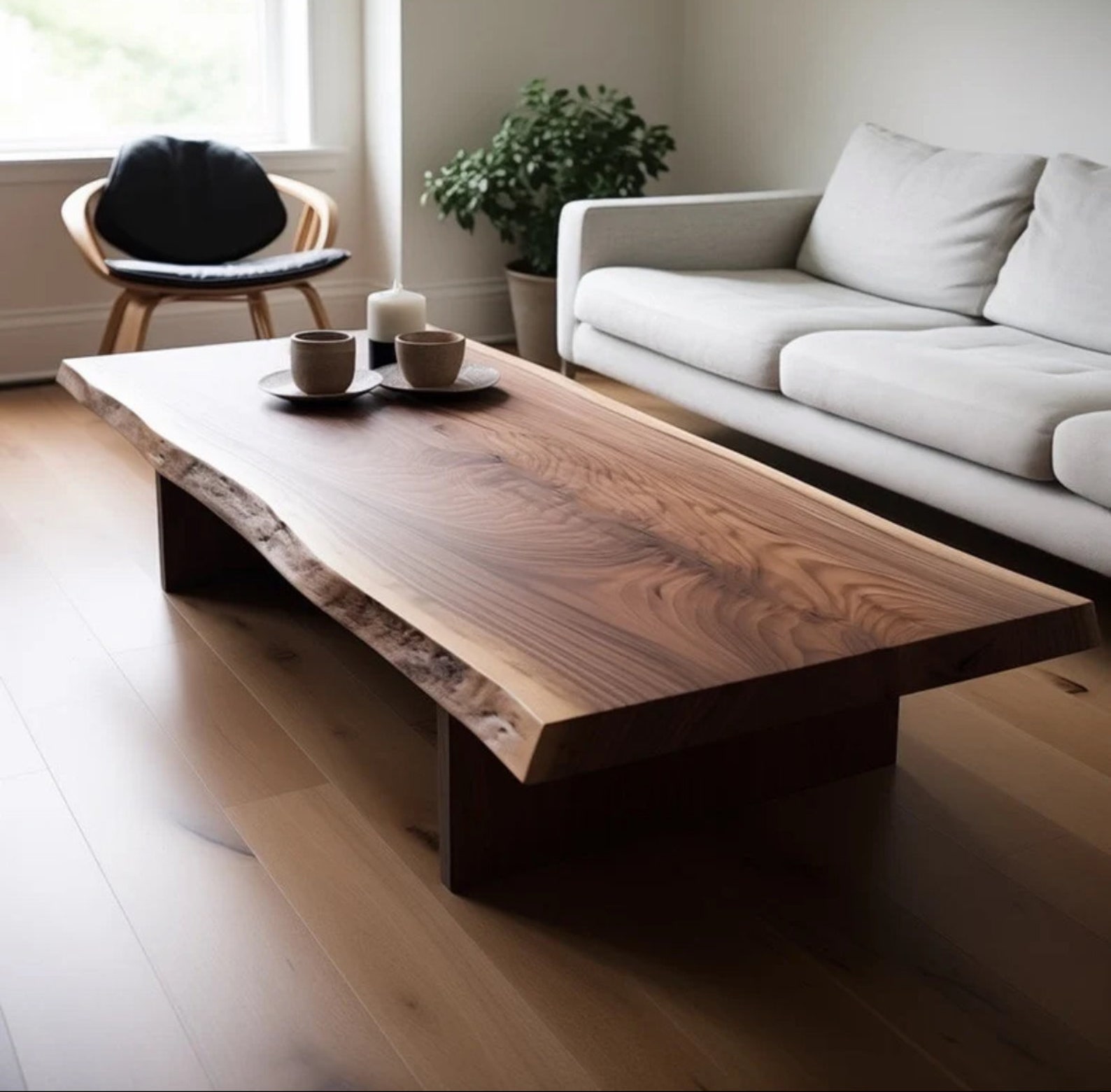
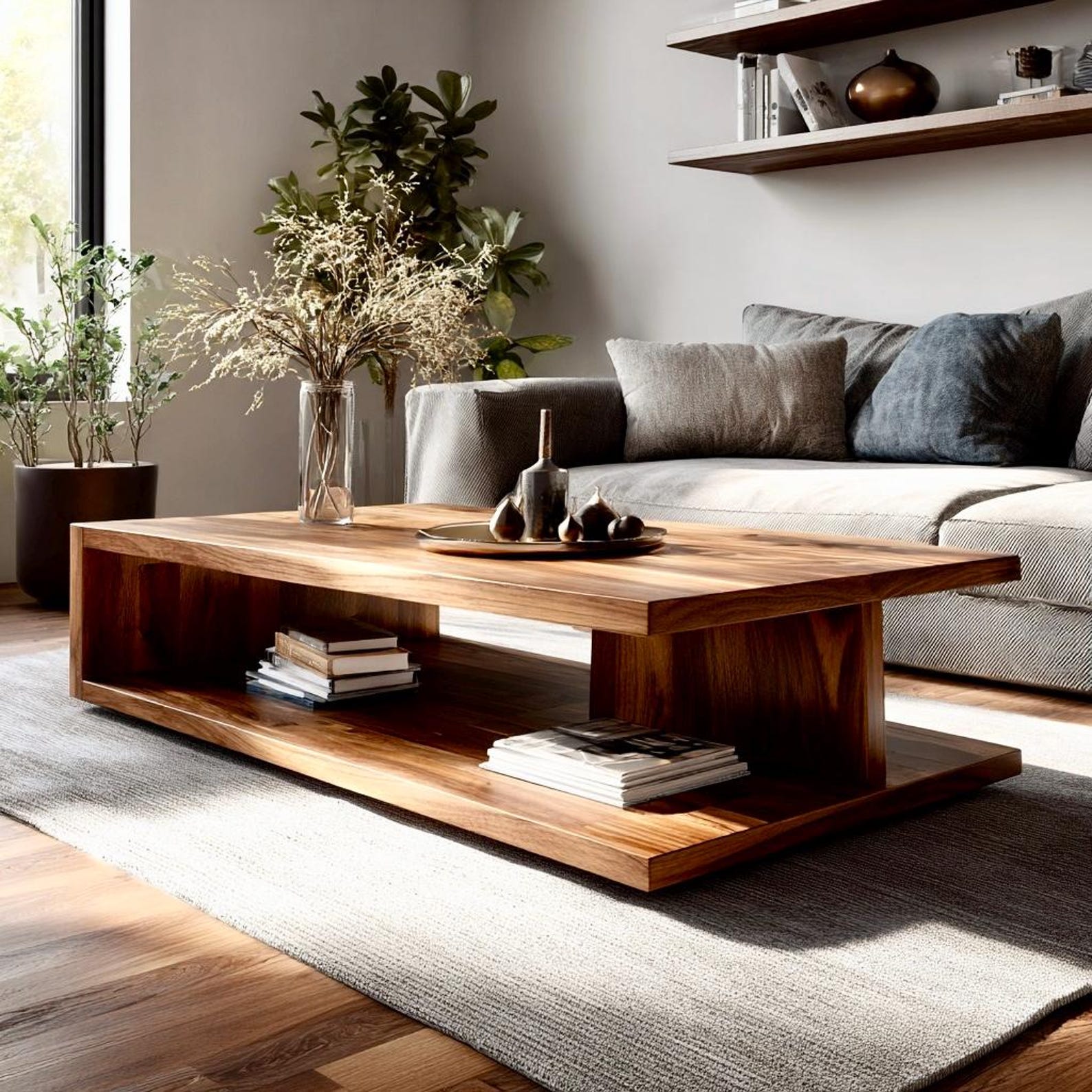

Comments